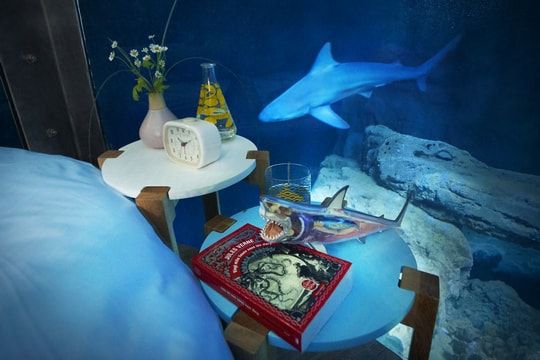


Most of these, painted, drawn, engraved or printed, are to be found in the Collections of the Brukenthal National Museum in Sibiu. Out of the 1110 views of the towns from present day Romania, Sibiu has 107 representations. In them, historians can find details about one town’s surroundings, about the local economy, architecture, everyday life, social conditions, confessional life, and urban politics. Historical images of towns provide rich information, completing or replacing other sources. Old urban views are increasingly used by historians to help readers imagine the looks of towns or cities not just buildings, but also people, animals, gardens, and so on. Therefore, the painting (previously dated between 17) should have been made actually some years after 1710, most likely during 1718−1720. It occasioned also new remarks on the composition (which may be inspired even only indirectly by two allegorical sculpted groups in the Chiesa del Gesù in Rome dated during 1696−1704), with a particular interest for its bull’s eye window shape and for certain elements of landscape. Our research led as well to the identification of the pagan deities depicted in the lower tier, of which few were previously known or properly identified. It was rediscovered only after the painting’s recent conservation, although it was not noted by the conservator, due to the fact that it was only partially preserved and quite well hidden. Until 1964, the author of the painting was considered to be Giuseppe del Pò, although his signature could not be seen anymore since 1844. Romanian intellectuals, with different backgrounds, such as literature, history, architecture or music, tried to create a national style, based upon similar ideas.Īlthough previously less studied, the allegorical painting “The Triumph of the Church over Paganism” by Giacomo del Pò is one of the most important 18th century works of the Italian School of painting from the Brukenthal National Museum’s collection.

His works complete a wider cultural landscape, specific for the turn of the century. In his paintings he wanted to preserve the Romanian spirit and to send a powerful message to his contemporaries about the importance of traditional values, and also about the necessity of educating the village community in preserving their rich inheritance. The image of Romanian peasant women generated works such as Portița or Lina with beads, capturing the essence of the public discourse of the intellectual elites of his times.
Nodus shark tank series#
He used the decorations on traditional costumes as an inspiring foundation for his church wall paintings the Strana series captures the Romanian community during the Sunday mass, a context that he used as an opportunity to create different peasant profiles. In the spirit of his generation (the late 19th century and the beginning of the 20th century), the painter was fascinated with traditional art, folk decorative motives, and life in the countryside in general. The present article, a small part of my doctoral research that focuses on the artistic creation of Octavian Smigelschi (1866−1912), deals with one of the many sources of inspiration in Smigelschi’s art: the peasant woman.


 0 kommentar(er)
0 kommentar(er)
